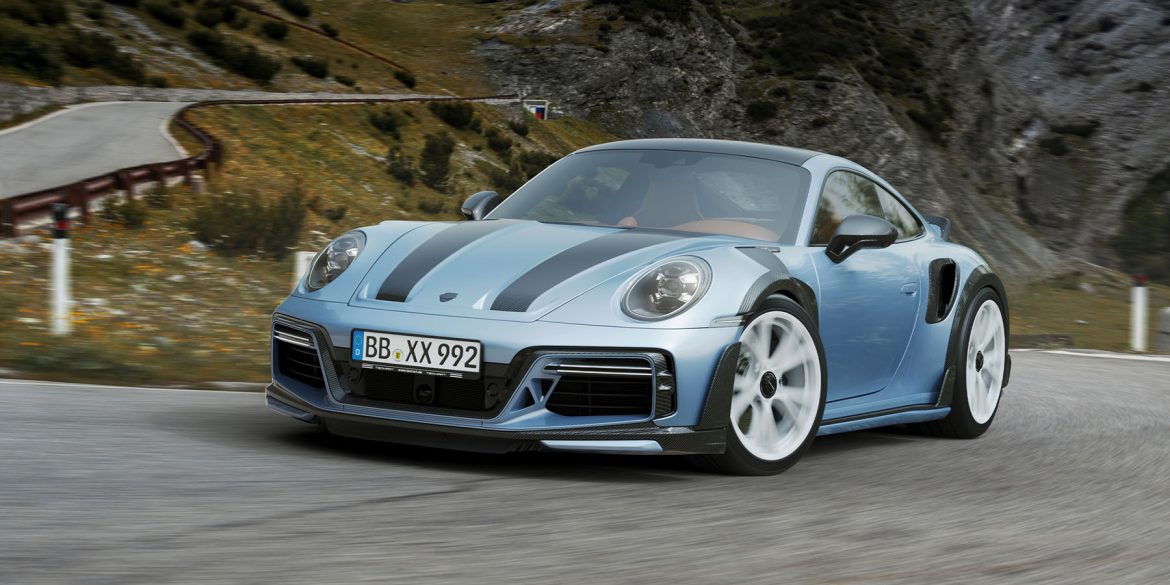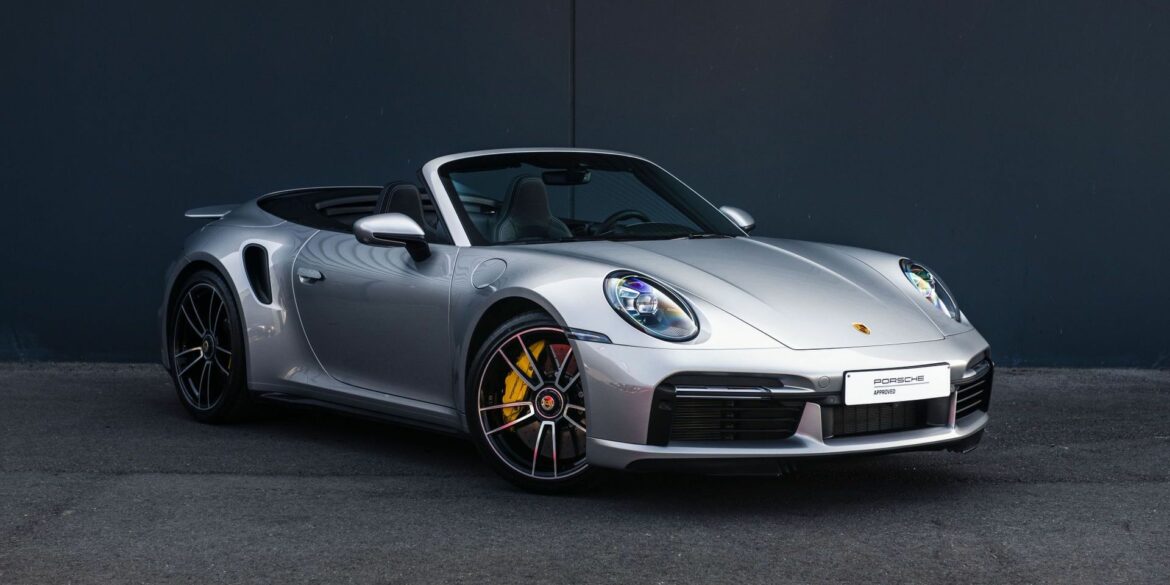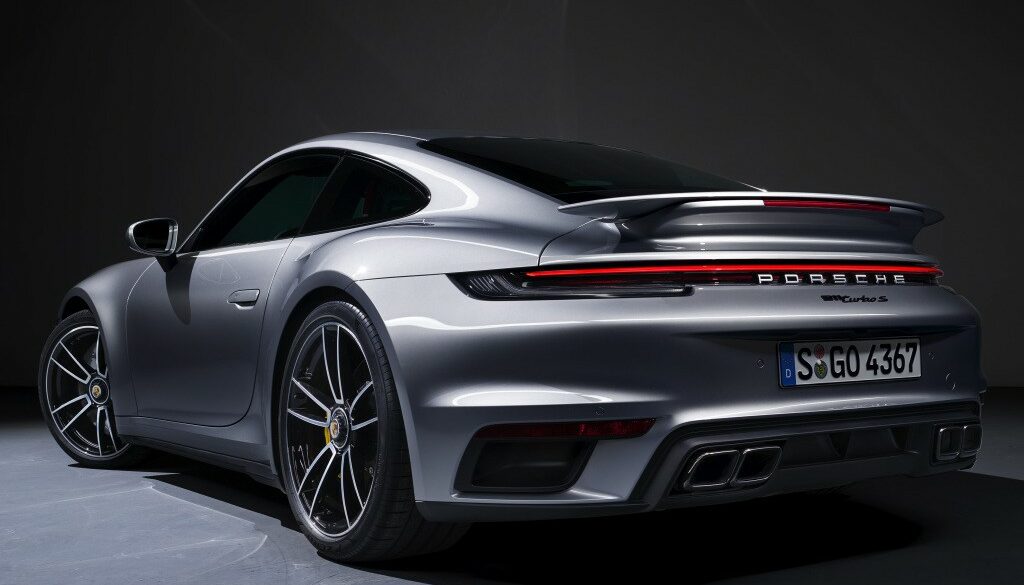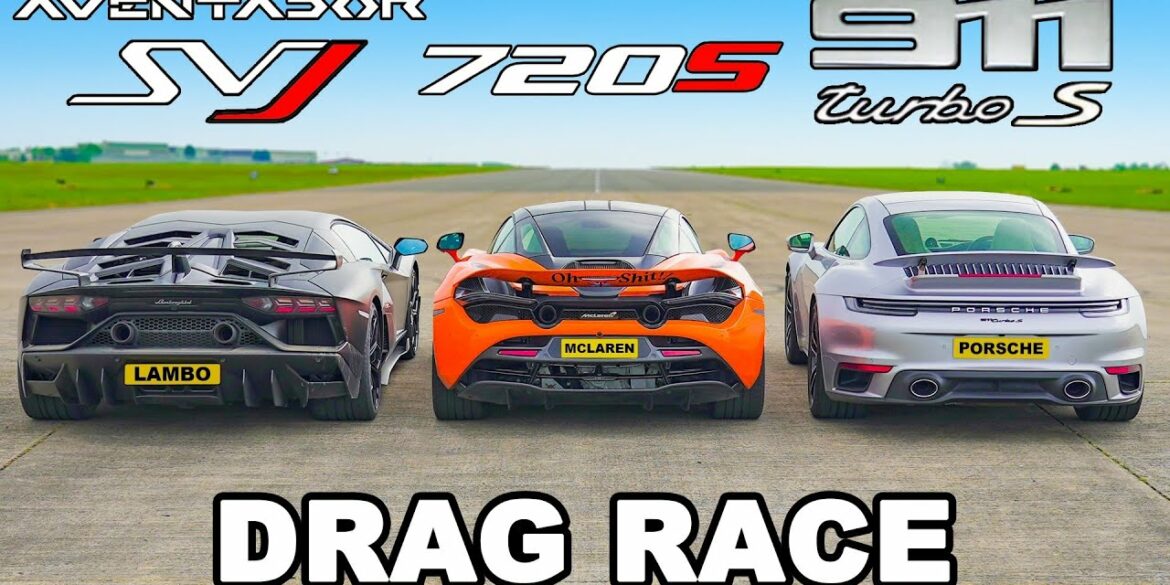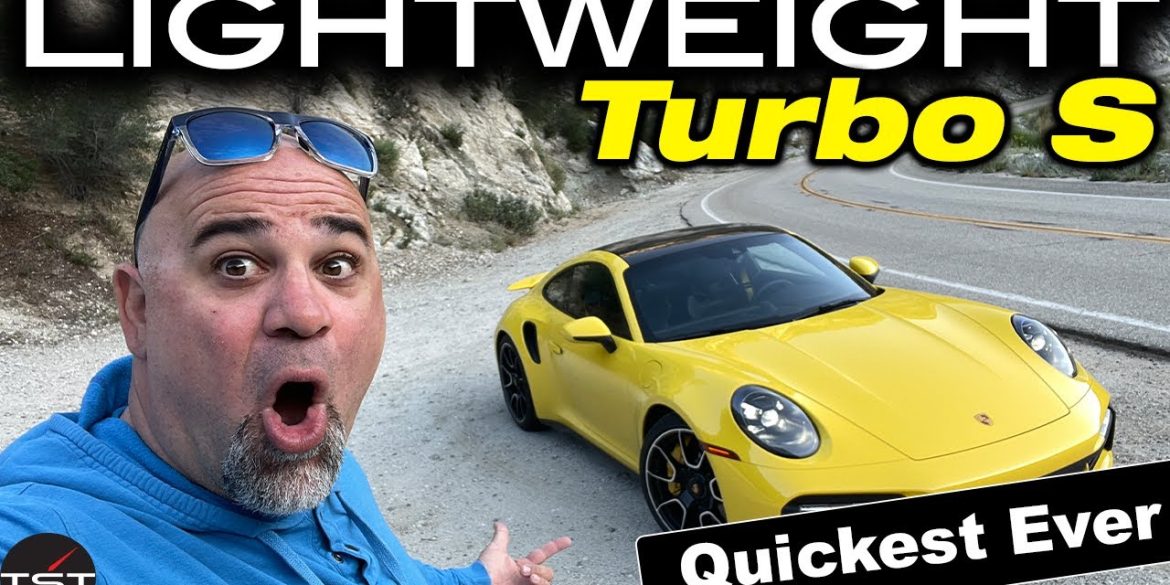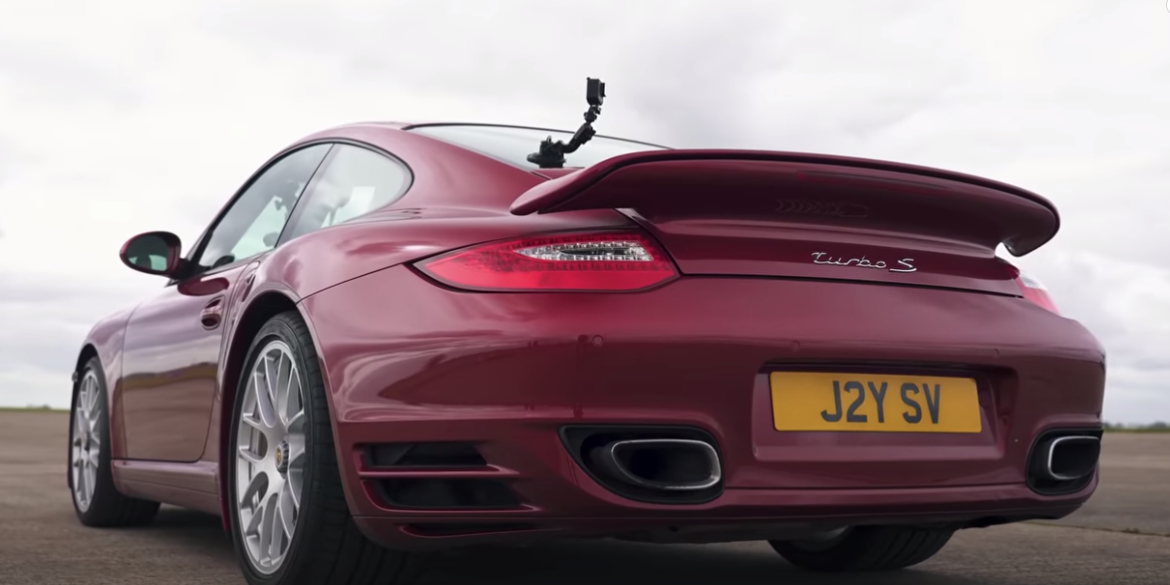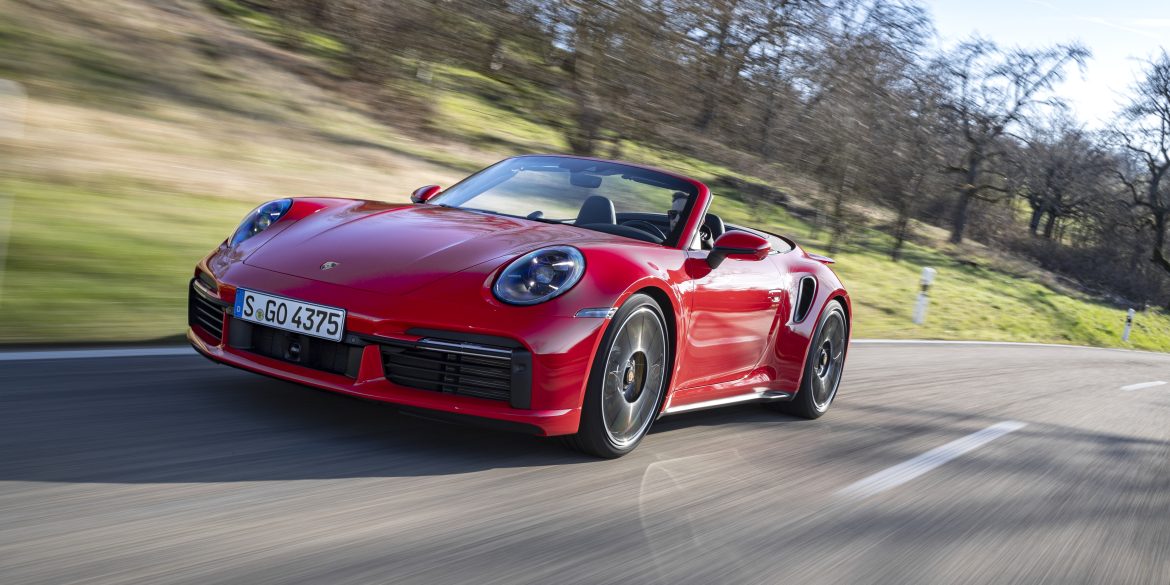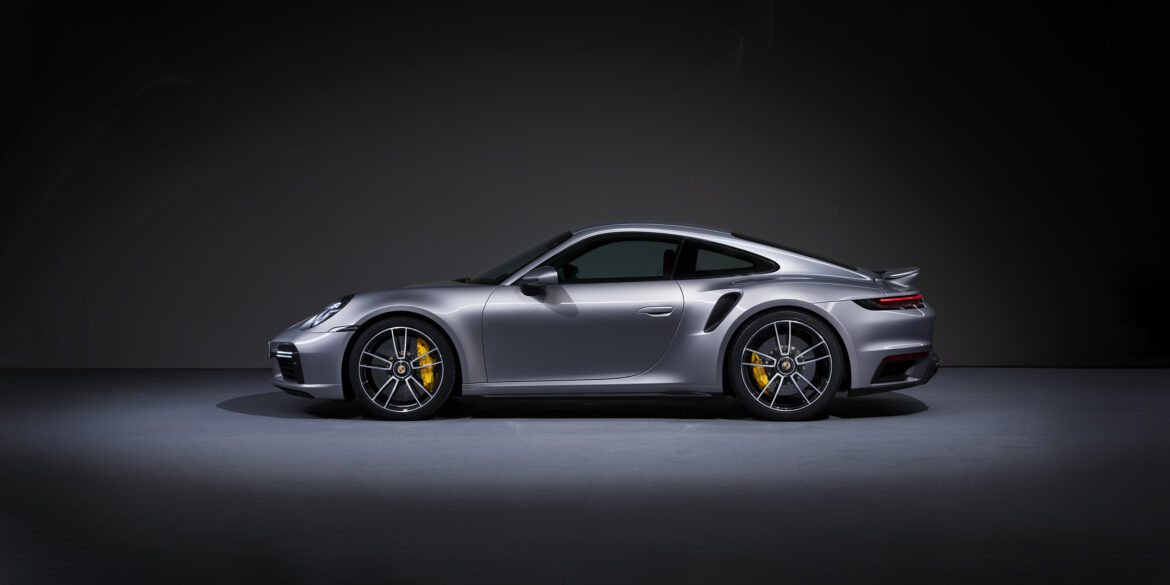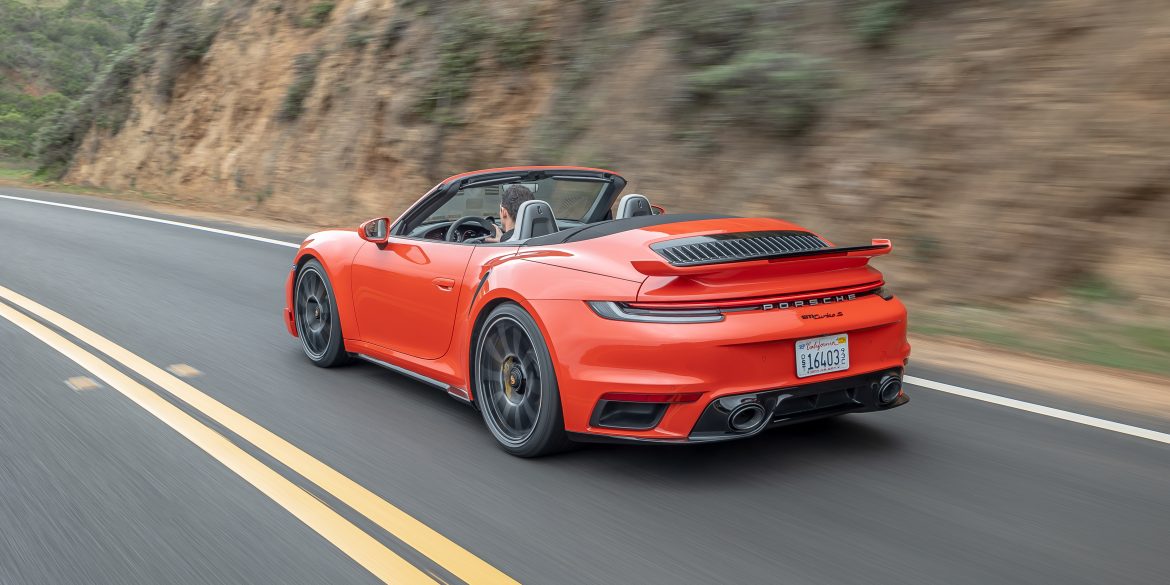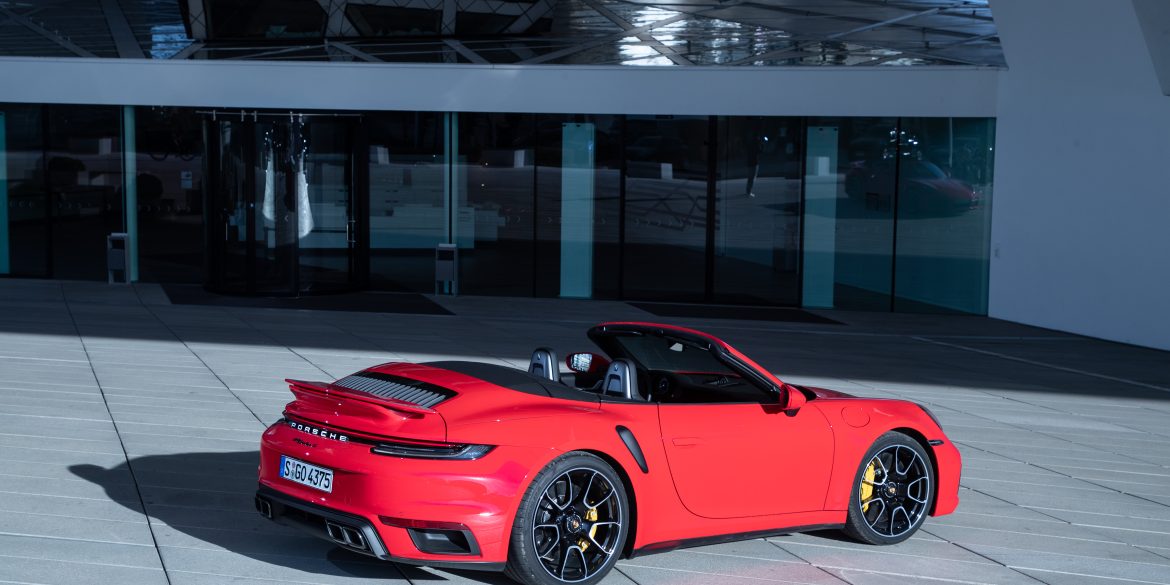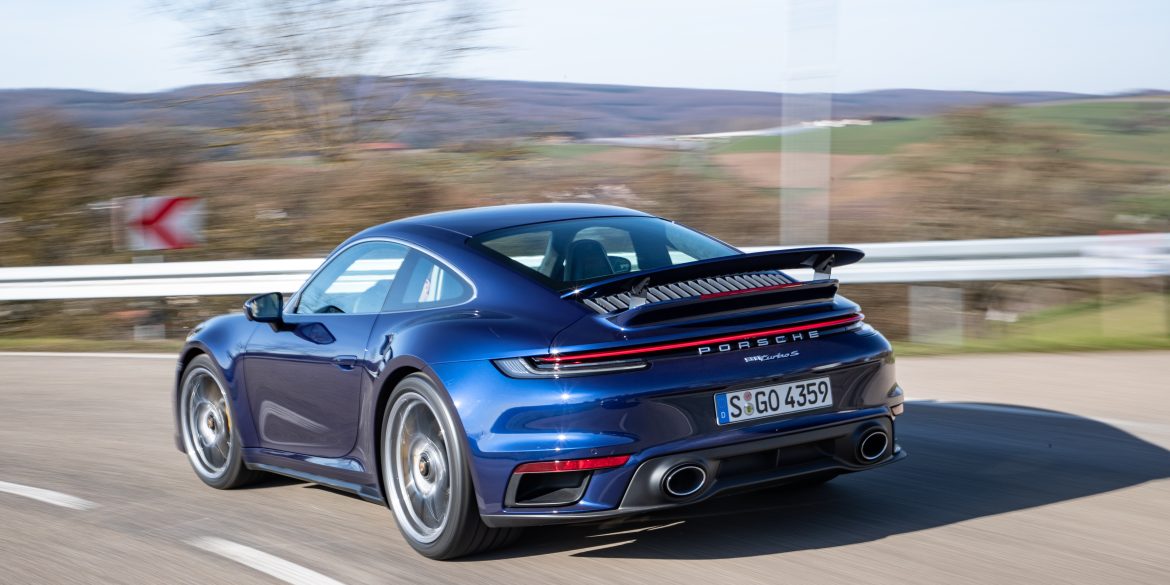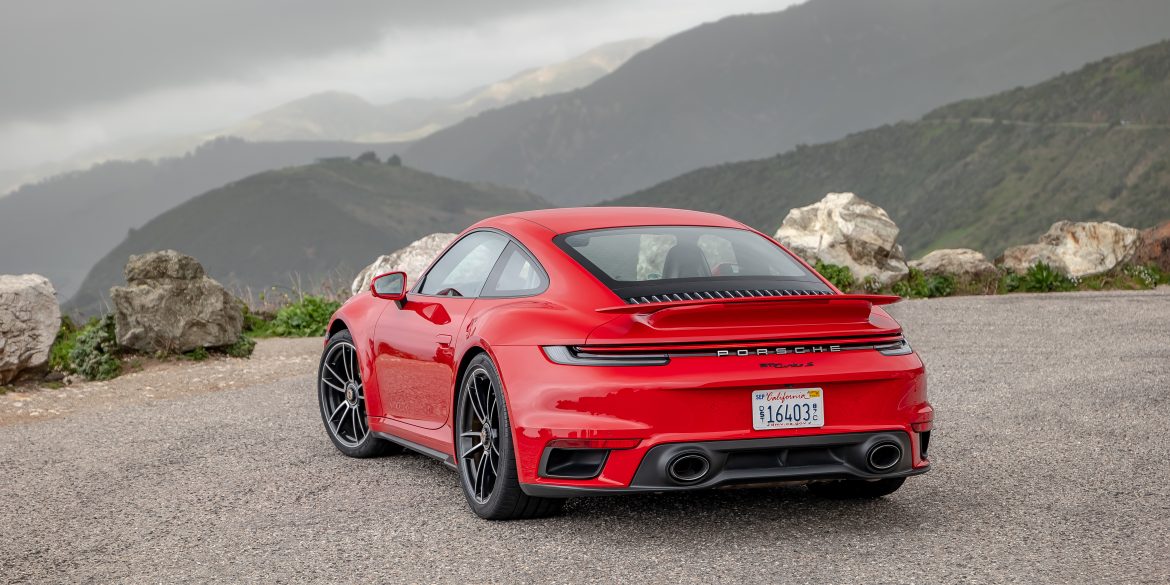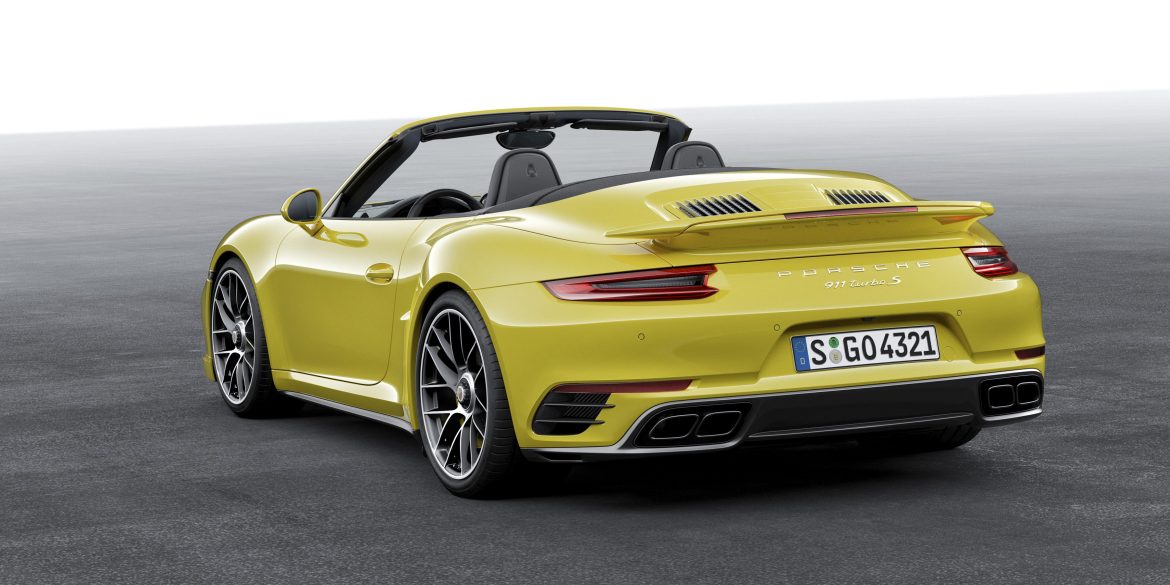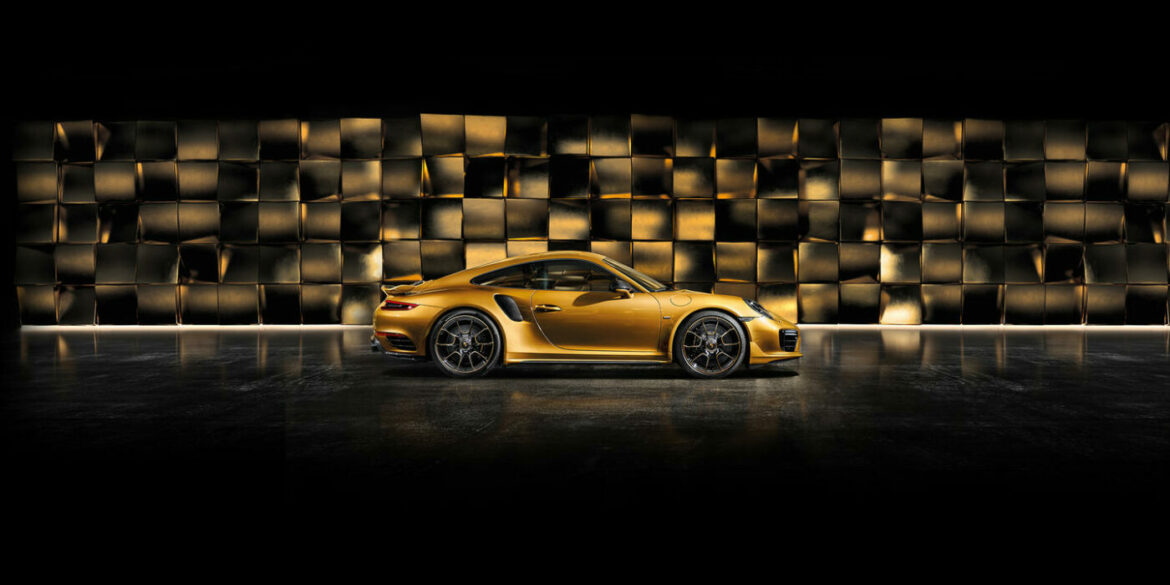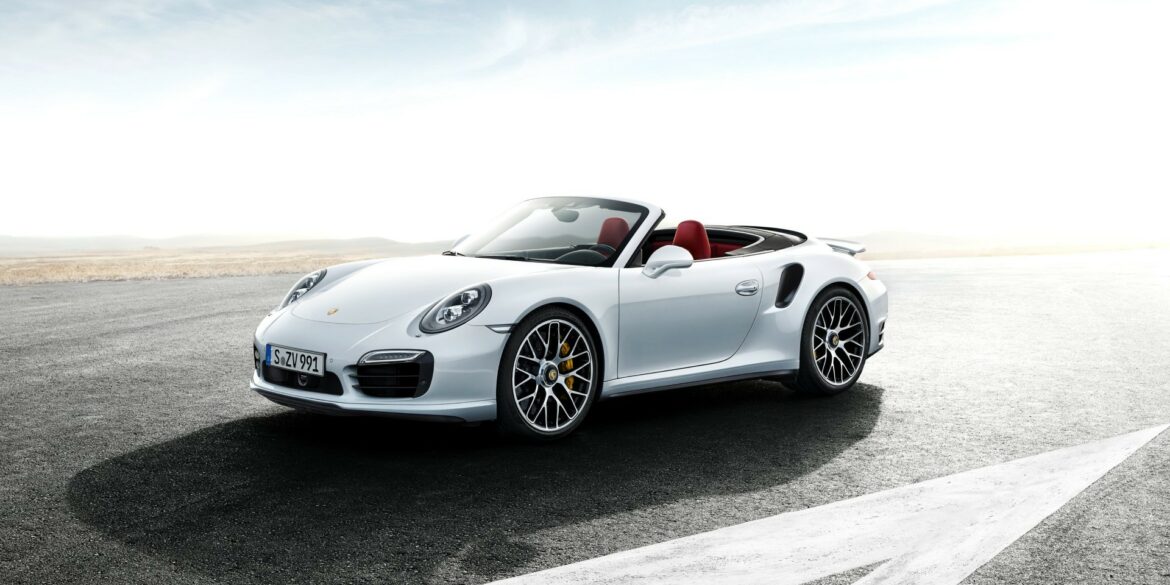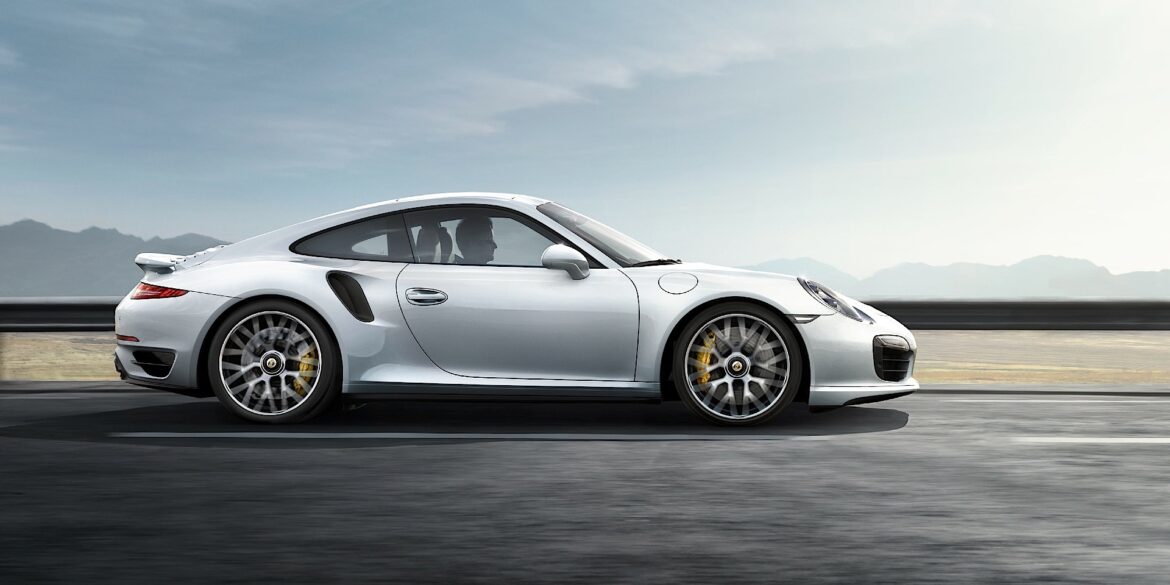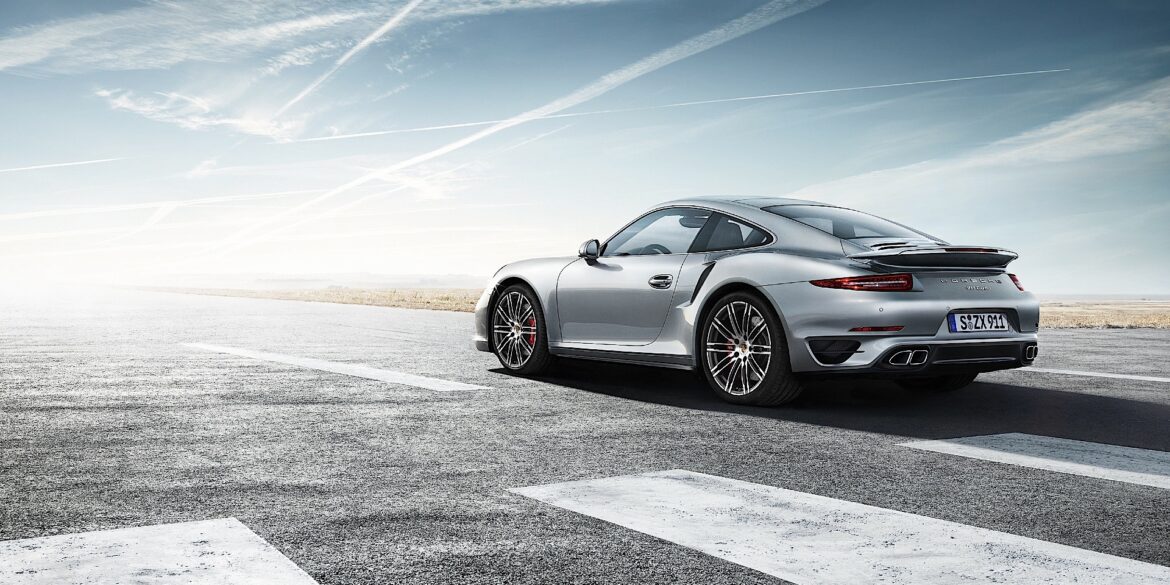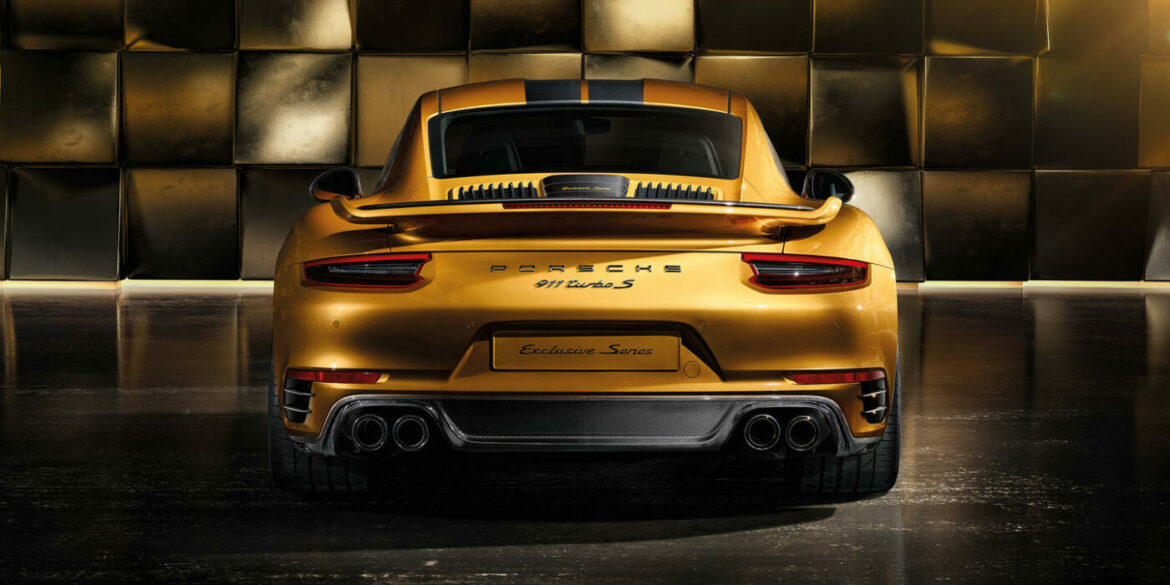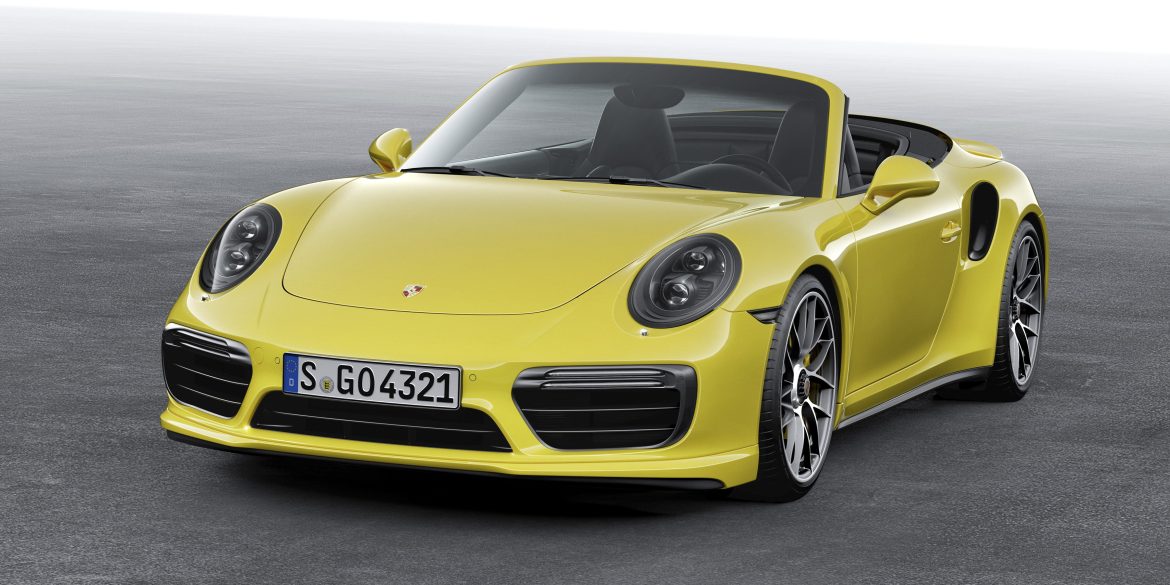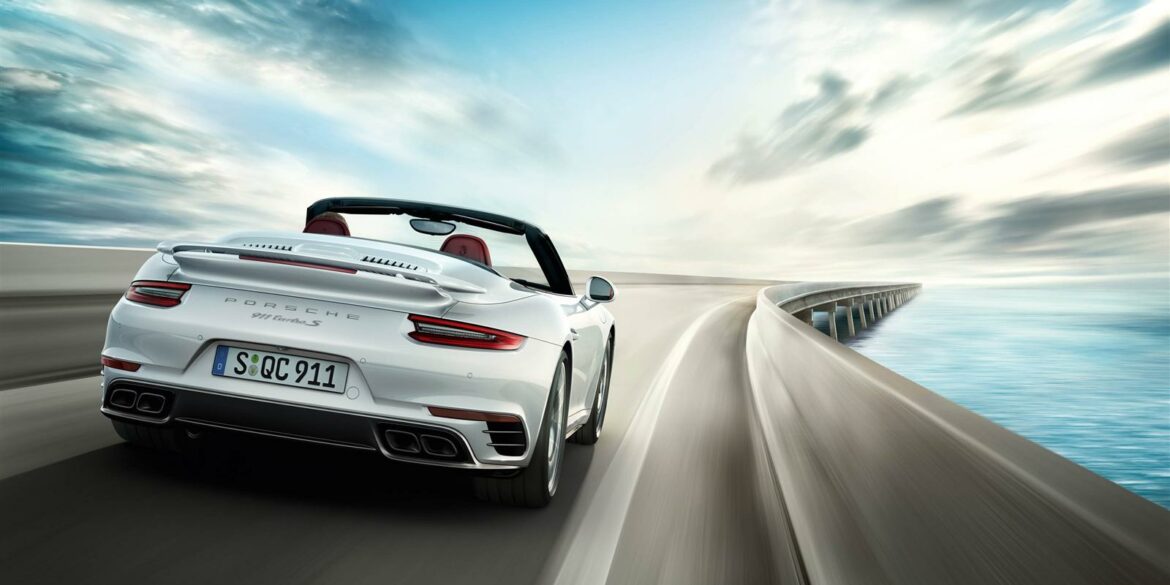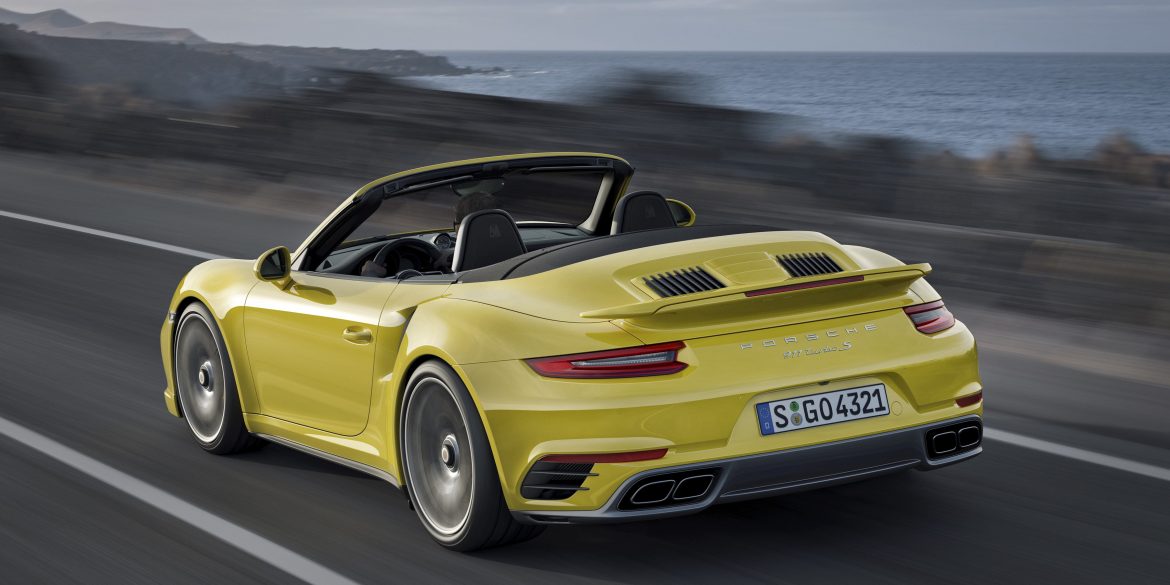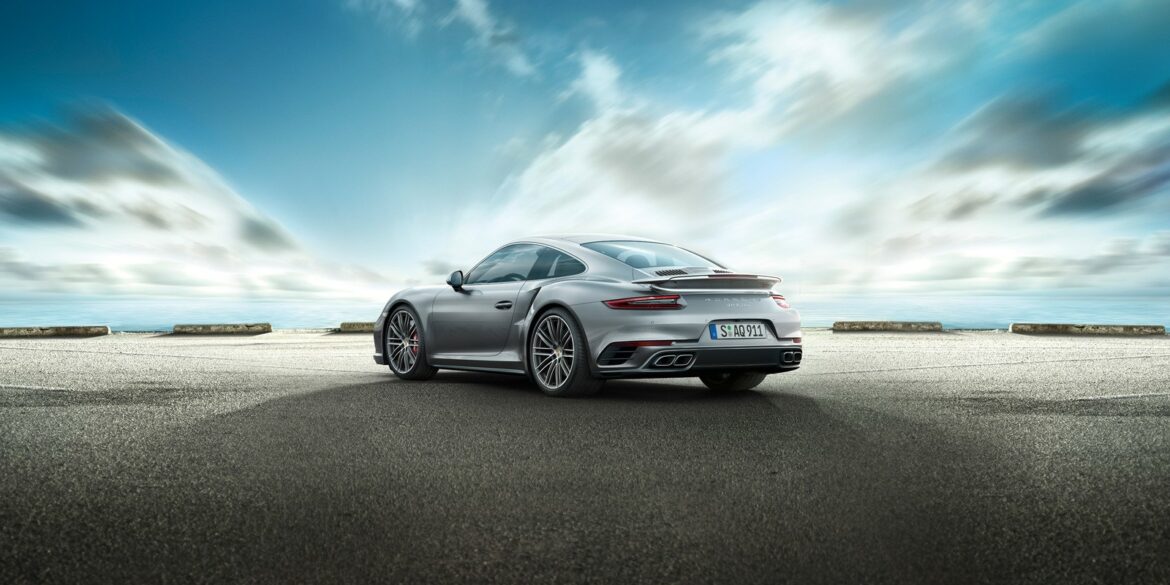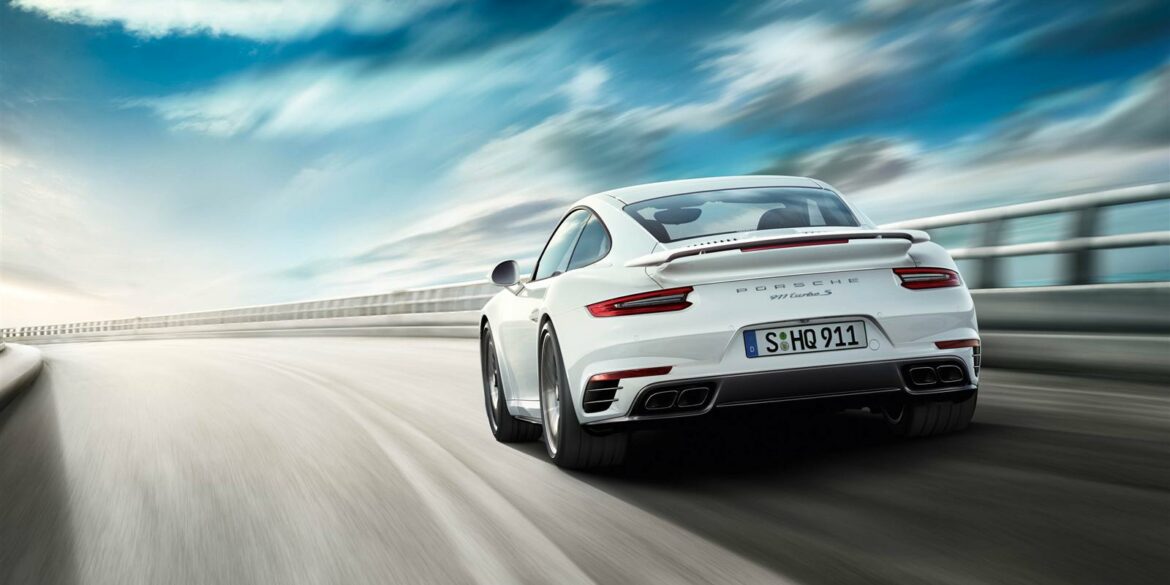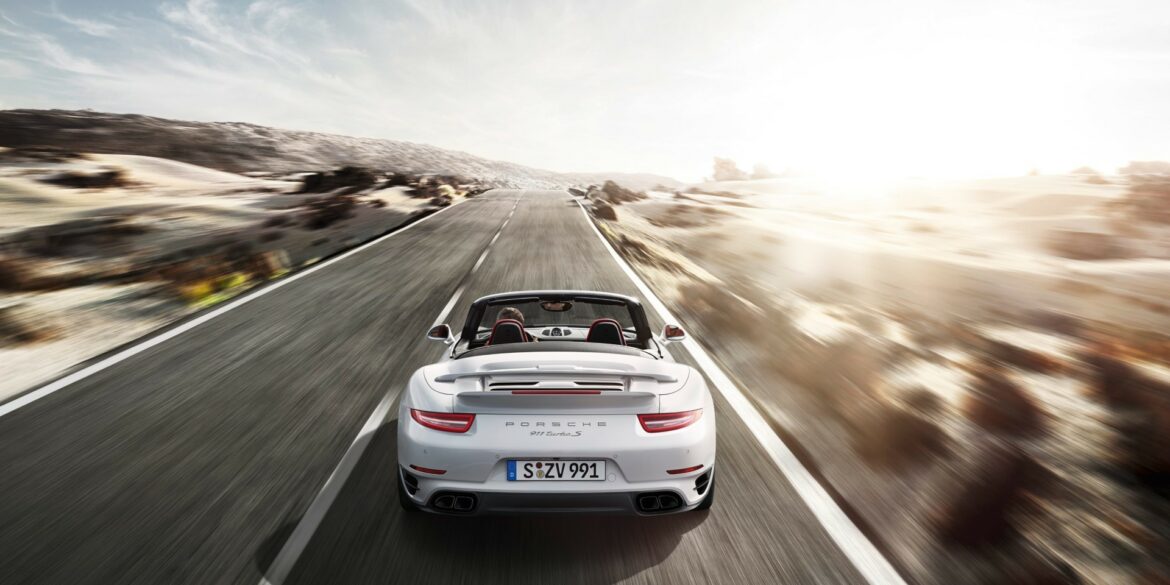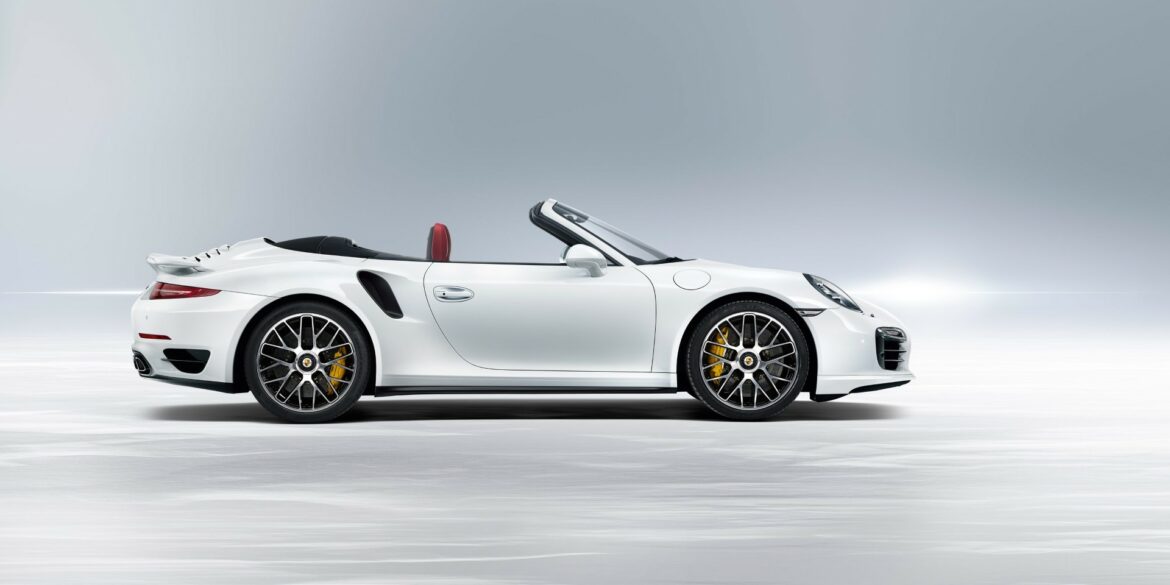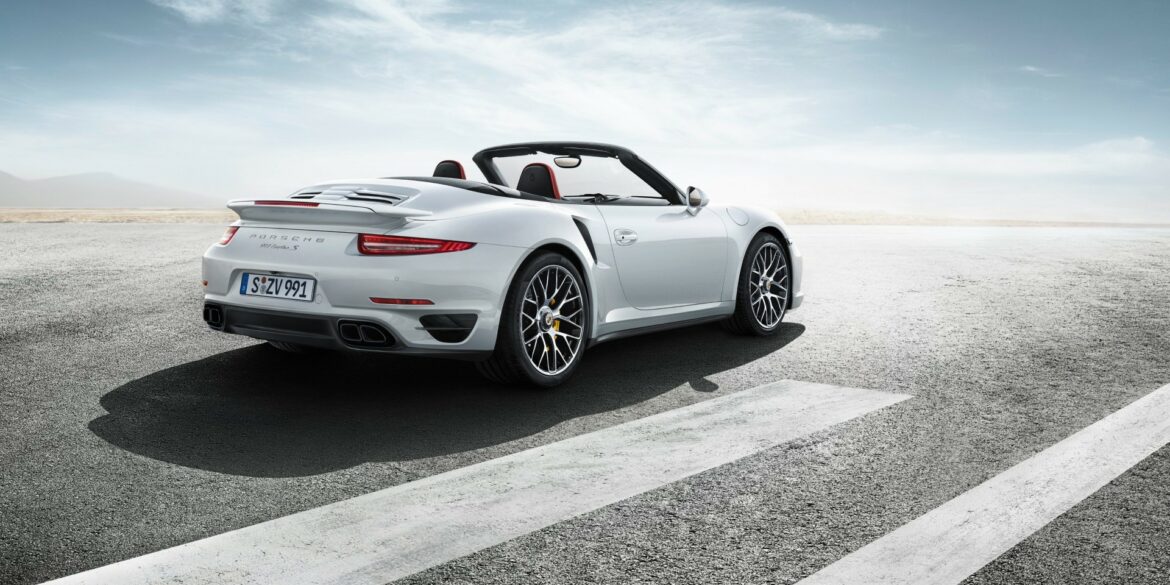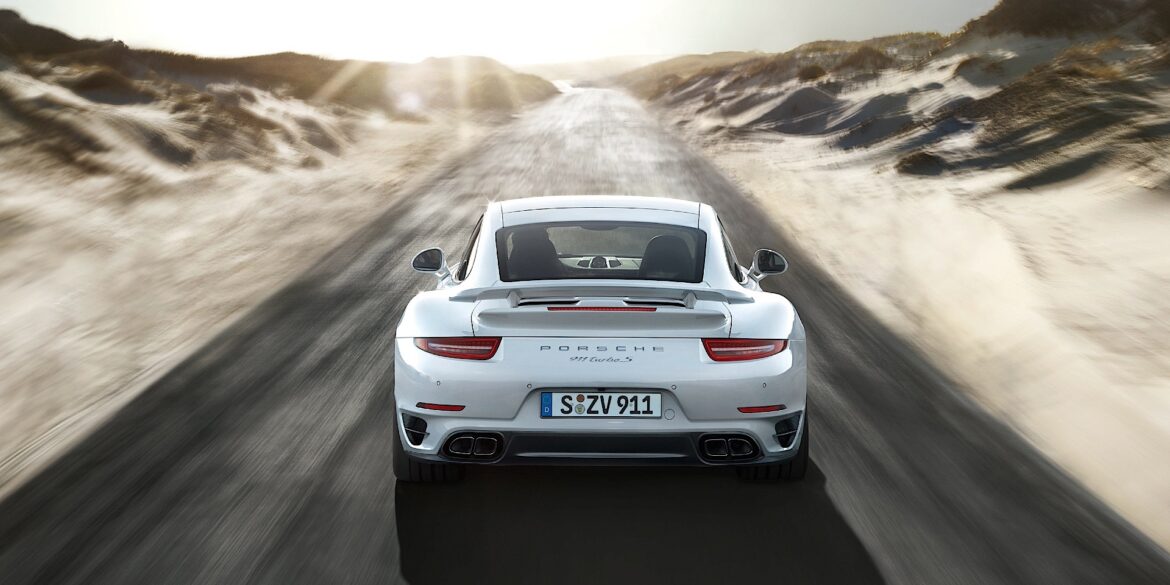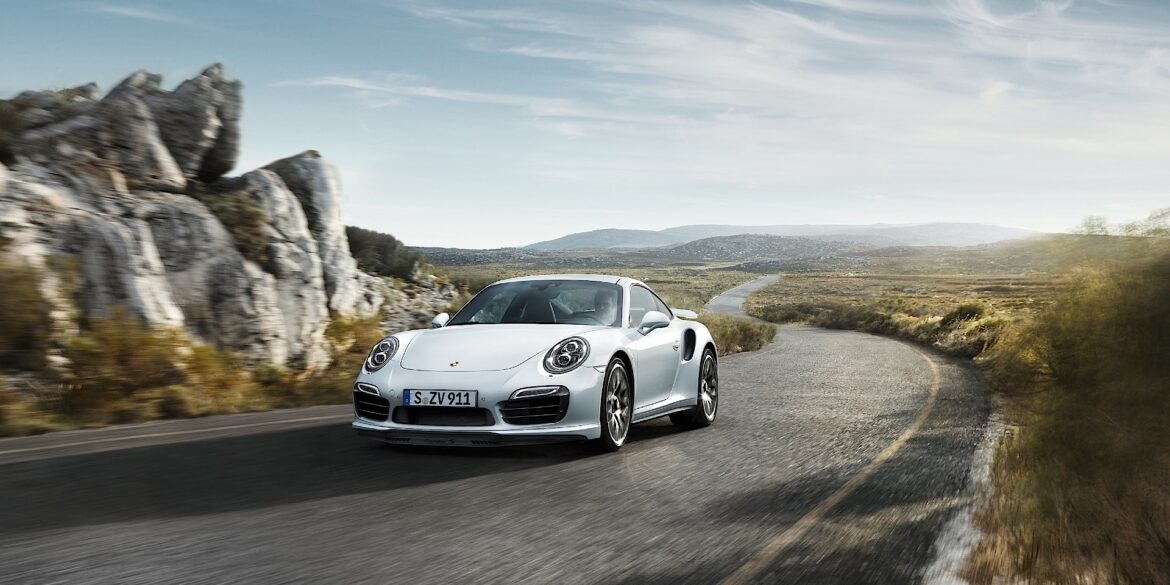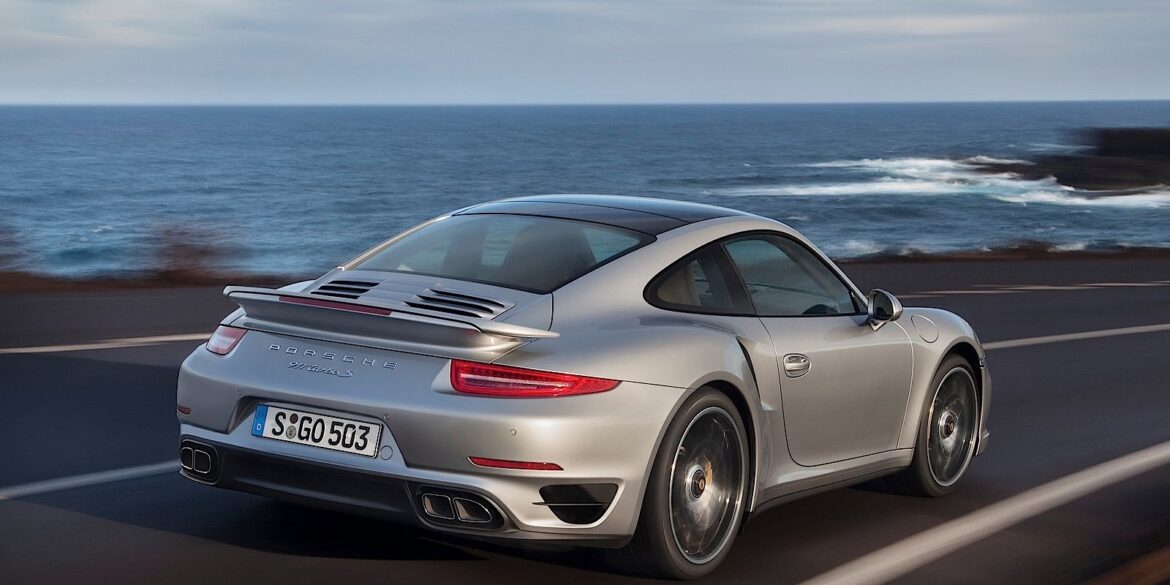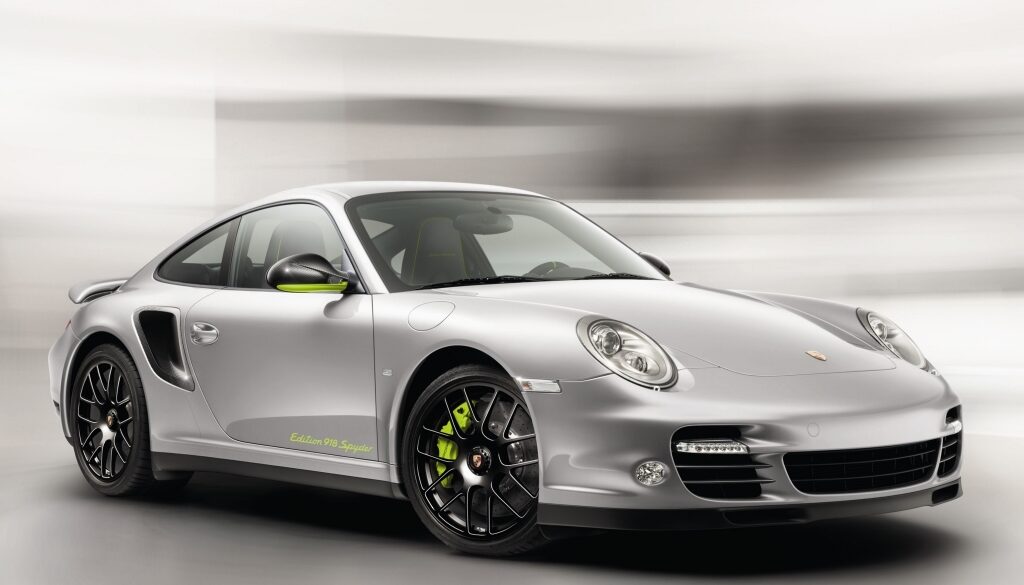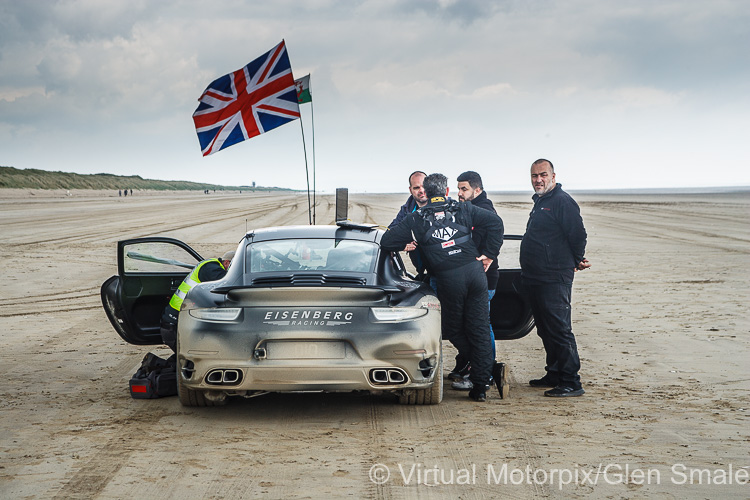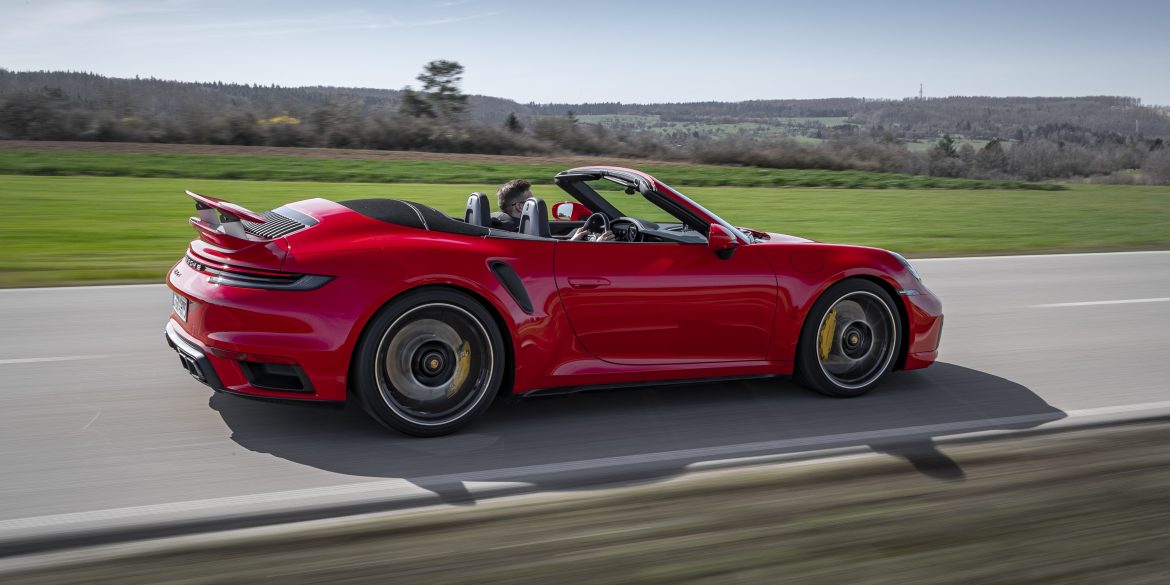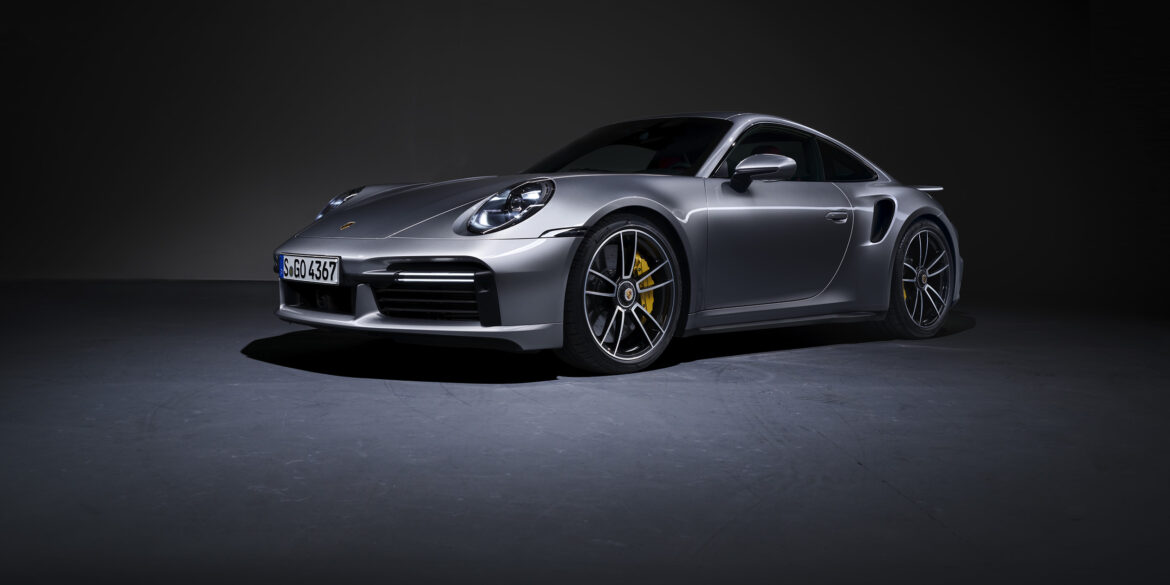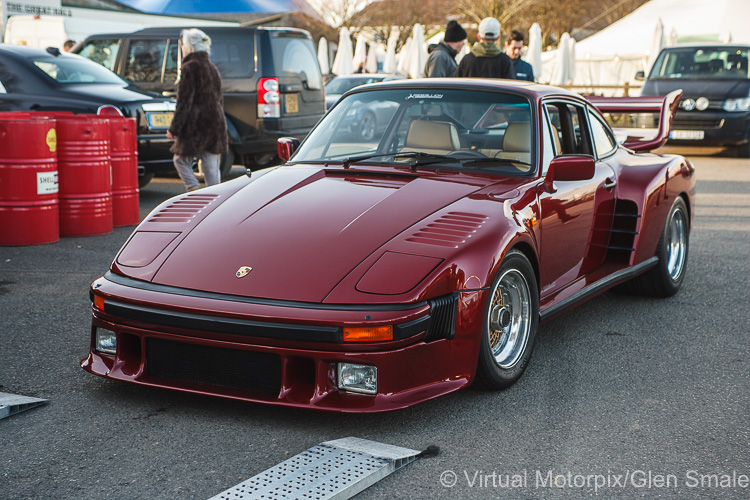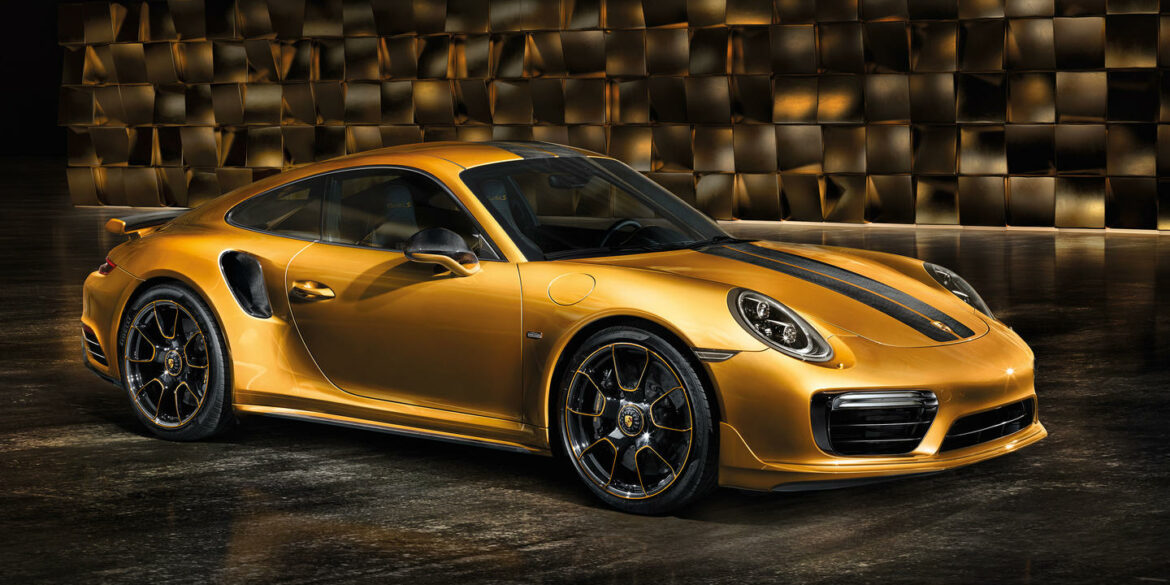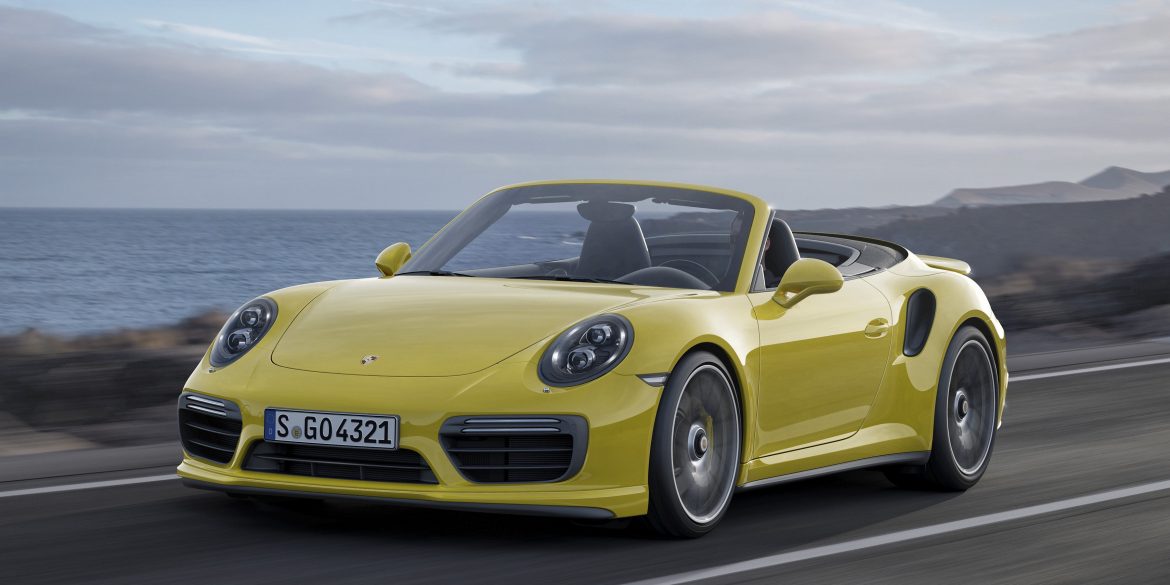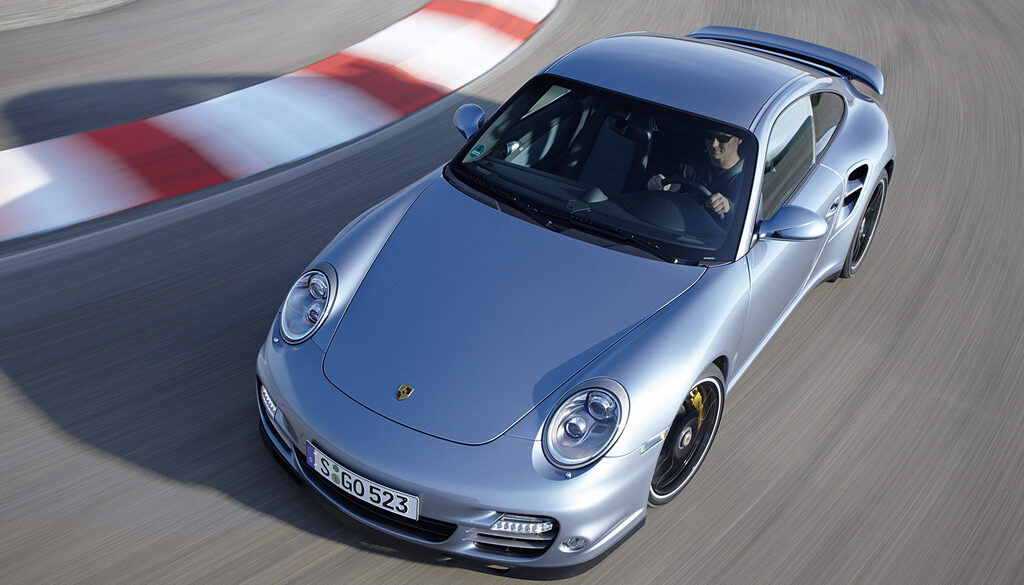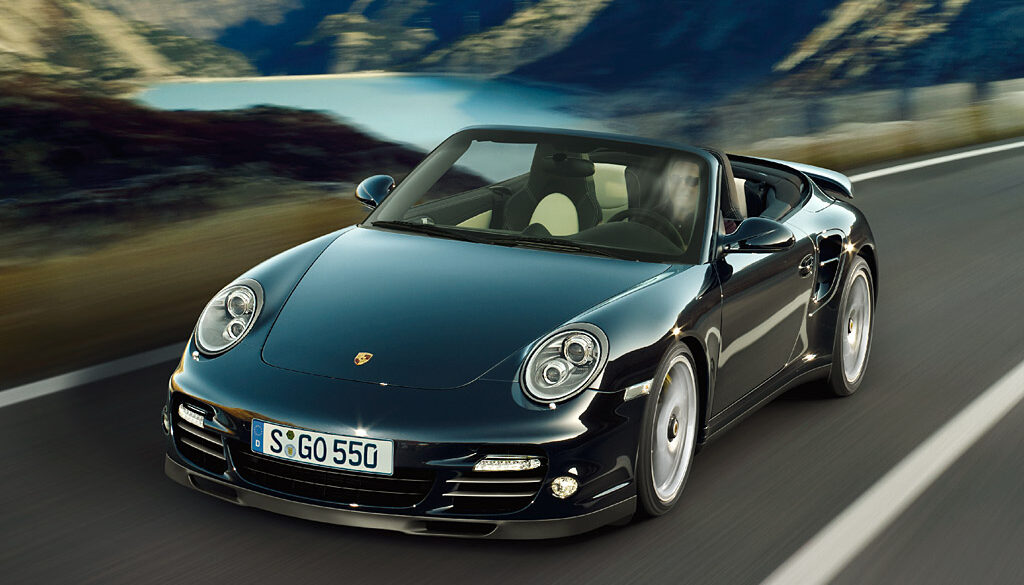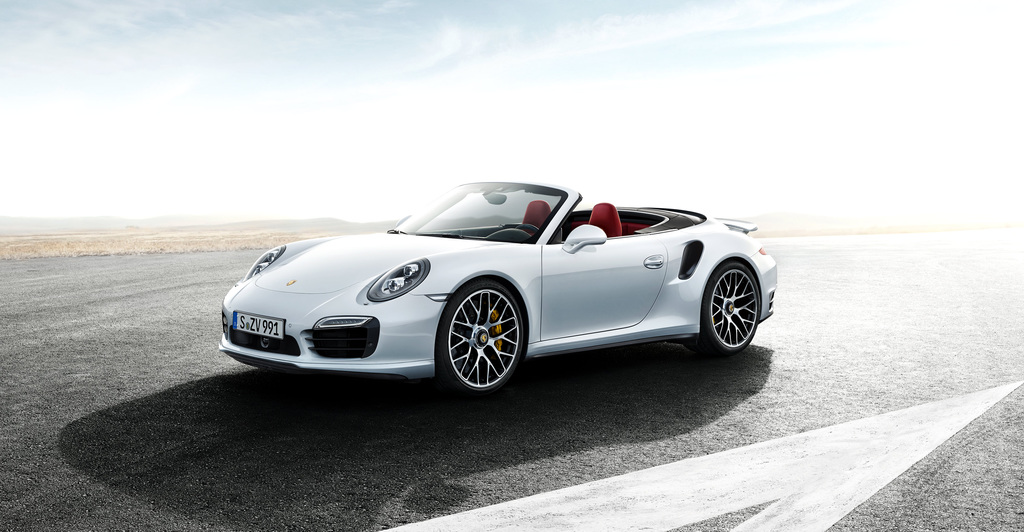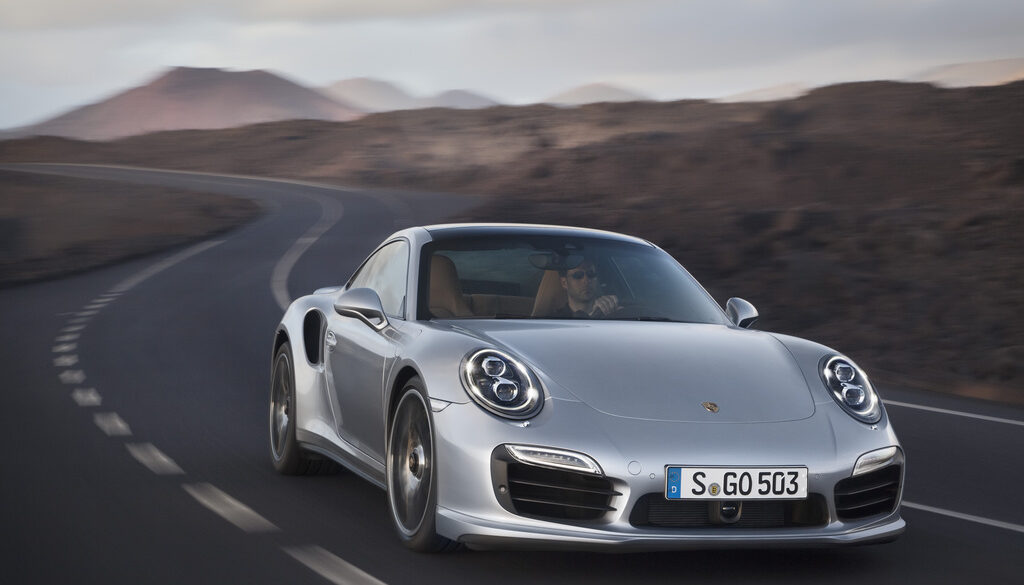With a legacy spanning over two decades, the TECHART GTstreet range epitomizes TECHART’s relentless pursuit of automotive perfection. Limited to a prestigious 25 units worldwide, the new conversion GTstreet R Touring seamlessly marries everyday practicality with uncompromised driving performance – a hallmark of TECHART’s signature customization philosophy since the inaugural...
No Subscription? You’re missing out Get immediate ad-free access to all our premium content. Get Started Already a Member? Sign in to your account here....
No Subscription? You’re missing out Get immediate ad-free access to all our premium content. Get Started Already a Member? Sign in to your account here....
Bike vs Supercar Drag Race It’s time for a supercar vs superbike DRAG RACE! Mat’s lining up in his Porsche 911 Turbo S, and he’s about to face off against a Suzuki Hayabusa! So let’s see how they compare. Starting with the Porsche, it’s powered by a 3.8-litre twin-turbo flat-six that...
The Big Guns Go Head to Head “Supercar drag races don’t get much better than this! We’ve brought together a Lamborghini Aventador SVJ, a Porsche 911 Turbo S & a McLaren 720S to go head-to-head over the quarter-mile! So let’s check out the stats. Starting with the ever-reliable Porsche, it’s powered by...
Is it Worth An Extra $10,000? How significant is the $10,000 lightweight package for the 992 Porsche Turbo S? It subtracts 80 lbs from the overall package, resulting in 0-60 times in the *low 2’s* and a quarter mile number in the 9’s at 140 MPH. This is an insanely...
Which is quicker – a Porsche 911 997 Turbo S, or a BMW M5 CS? Well, it’s time to find out! We’ve got Mat in the Porsche, and he’s facing off against this range-topping M5 to see which is the king over the quarter-mile! So how do they compare? Starting with...
2021 – Present Porsche 911 Turbo S Cabriolet (992) Pictures & Gallery...
2021 – Present Porsche 911 Turbo S (992) Pictures & Gallery...
No Subscription? You’re missing out Get immediate ad-free access to all our premium content. Get Started Already a Member? Sign in to your account here....
No Subscription? You’re missing out Get immediate ad-free access to all our premium content. Get Started Already a Member? Sign in to your account here....
No Subscription? You’re missing out Get immediate ad-free access to all our premium content. Get Started Already a Member? Sign in to your account here....
No Subscription? You’re missing out Get immediate ad-free access to all our premium content. Get Started Already a Member? Sign in to your account here....
2017 – 2019 Porsche 911 Turbo S Cabriolet (991.2) Pictures & Gallery ...
2017 – 2019 Porsche 911 Turbo S (991.2) Pictures & Gallery ...
2018 – 2019 Porsche 911 Turbo S Exclusive (991.2) Pictures & Gallery ...
2014 – 2016 Porsche 911 Turbo S Cabriolet (991) Pictures & Gallery ...
2014 – 2016 Porsche 911 Turbo S (991) Pictures & Gallery ...
Porsche 911 Turbo & Turbo S (991.1) Technical Specs & Performance Modification Gearbox Engine kW lb-ft Nm 0-60 mph 0-100 km/h mph km/h kg lbs W/lbs W/kg 2013 911 991 Turbo Coupé PDK 7-speed 3.8B6 383 485/*522 660/*710 3.3/*3.1 sec. 3.4/*3.2 sec. 196 315 1,595 3,516 109.00 240 2013 911...
No Subscription? You’re missing out Get immediate ad-free access to all our premium content. Get Started Already a Member? Sign in to your account here....
No Subscription? You’re missing out Get immediate ad-free access to all our premium content. Get Started Already a Member? Sign in to your account here....
No Subscription? You’re missing out Get immediate ad-free access to all our premium content. Get Started Already a Member? Sign in to your account here....
No Subscription? You’re missing out Get immediate ad-free access to all our premium content. Get Started Already a Member? Sign in to your account here....
No Subscription? You’re missing out Get immediate ad-free access to all our premium content. Get Started Already a Member? Sign in to your account here....
No Subscription? You’re missing out Get immediate ad-free access to all our premium content. Get Started Already a Member? Sign in to your account here....
No Subscription? You’re missing out Get immediate ad-free access to all our premium content. Get Started Already a Member? Sign in to your account here....
No Subscription? You’re missing out Get immediate ad-free access to all our premium content. Get Started Already a Member? Sign in to your account here....
No Subscription? You’re missing out Get immediate ad-free access to all our premium content. Get Started Already a Member? Sign in to your account here....
No Subscription? You’re missing out Get immediate ad-free access to all our premium content. Get Started Already a Member? Sign in to your account here....
No Subscription? You’re missing out Get immediate ad-free access to all our premium content. Get Started Already a Member? Sign in to your account here....
No Subscription? You’re missing out Get immediate ad-free access to all our premium content. Get Started Already a Member? Sign in to your account here....
No Subscription? You’re missing out Get immediate ad-free access to all our premium content. Get Started Already a Member? Sign in to your account here....
No Subscription? You’re missing out Get immediate ad-free access to all our premium content. Get Started Already a Member? Sign in to your account here....
Based on the 530-bhp 911 Turbo S, the special-edition Porsche has carbon-fiber trim inside and out, plus upgraded leather, badging and the exterior colors of the 918, including the use of Acid Green on the brake calipers, illuminated sill plates, interior stitching and instrument cluster needles. Also limited to 918 units, the 911 Turbo S Edition 918 Spyder will be available in Coupe ($160,700) and Cabriolet ($172,100) forms, making this one very expensive dealer option.
In 2011, Porsche China released a special limited edition model to celebrate an active decade in the Chinese market. The Porsche 10 Year Anniversary Edition is yet another 911 of only ten copies, each with a stylish plaque with the chassis number. The Porsche has a Gold Bronze Metallic paint, combined with matte black carbon components such as the hood, rear wing, tailgate and side mirrors. Underneath, you will spot a 911 Turbo S. The interior is a combination of black with gold stitching leather, alcantara and carbon.
Pendine Sands, South Wales, 18 May 2019: Zef Eisenberg in contemplative mood ahead of his record run in the 2015 Porsche 911 Turbo S It is with great sadness that the motorsport world learned last week that Zef Eisenberg, aged just 47 years, was tragically killed while attempting a land...
Pendine Sands, Wales, 18 May 2019: The 2015 Porsche 911 Turbo S waits on the beach to be driven by Zef Eisenberg Few people outside of the UK would have noticed that last year, a new land speed record was set on the famous Pendine Sands beach. Pendine Sands is...
The 2022 Porsche 911 Turbo S Cabriolet is a formidable beast. The new Turbo S comes with an all-new, 3.8 liter boxer six with two variable turbine geometry (VTG) turbochargers. The power output is a staggering 640 hp and 590 lbs-ft of torque. In keeping with previous Turbo models, the engine powers all four wheels. A new 8 speed automatic transmission with a manual mode manages the power, and can power the car to 60 mph in a hair under a claimed 2.7 seconds.
The current Turbo S comes with an all-new, 3.8 liter boxer six with two variable turbine geometry (VTG) turbochargers. The power output is a staggering 640 HP and 590 lbs-ft of torque. In keeping with previous Turbo models, the engine powers all four wheels. A new 8 speed automatic transmission with a manual mode manages the power, and can power the car to 60 MPH in a hair under a claimed 2.6 seconds. This is a staggeringly quick and capable car.
A huge banner adorns the side of this high bay warehouse in Werk 2, announcing the 25th anniversary exhibition of Exclusive from 1st March to 1st May 2011 Rolf Sprenger was a versatile engineer whose Porsche career was founded almost entirely on customer service. “If I want a trailer (caravan)...
The 500 hundred numbered 911 Turbo S Exclusive Series cars cross the 600 hp mark with their 446 kW engines. The power increase does not make much difference performance wise, but it is good to know you have more than 600 hp. Similar in acceleration and top speed to the ‘regular’ Turbo S, the car reaches 200 km/h (124 mph) in 9.6 seconds (0.3 seconds faster than the regular Turbo S). The car comes standard with the Turbo Aerokit and roof panel made of carbon-fibre reinforced plastic.
With the Turbo S, the PDCC Porsche Dynamic Chassis Control hydraulic roll bars came as standard. The PCCB Porsche Ceramic Composite Brakes had been standard on the Turbo S already since the 996 generation. New options included the radar-based lane change assist and a lift system for the front axle (increased ground clearance by 1.6″/40 mm). The PCM now had a multi-touch screen like in the facelifted 991 Carrera. Routes and places could be visualized with 360-degree images and satellite images. Engine gets more horsepower too, now with 572 bhp and 553 ft lbs of torque.
This is the fastest convertible GT you can buy. The Turbo S cab gets 572 bhp (39 hp more than the base turbo cab) and 553 ft lbs (9 ft lbs more than the regular cab) of torque. With the Turbo S, the PDCC Porsche Dynamic Chassis Control hydraulic roll bars came as standard. The PCCB Porsche Ceramic Composite Brakes had been standard on the Turbo S already since the 996 generation. New options included the radar-based lane change assist and a lift system for the front axle (increased ground clearance by 1.6″/40 mm). The PCM now had a multi-touch screen like in the facelifted 991 Carrera.
The heart of this most exclusive high-performance athlete is of course a six-cylinder boxer boosted by two exhaust gas turbochargers with variable turbine geometry, with an increase in power over the 911 Turbo by 30 to 530 bhp (390 kW). Maximum torque is a most impressive 700 Newton-metres (516 lb-ft). At the same time this new top model comes as standard with all high-tech components available only as options on the “regular” 911 Turbo. The 911 Turbo S comes exclusively with seven-speed Porsche-Doppelkupplungsgetriebe (PDK) conveying drive power to PTM all-wheel drive.
The heart of this most exclusive high-performance athlete is of course a six-cylinder boxer boosted by two exhaust gas turbochargers with variable turbine geometry, with an increase in power over the 911 Turbo by 30 to 530 bhp (390 kW). Maximum torque is a most impressive 700 Newton-metres (516 lb-ft). At the same time this new top model comes as standard with all high-tech components available only as options on the “regular” 911 Turbo. The 911 Turbo S comes exclusively with seven-speed Porsche-Doppelkupplungsgetriebe (PDK) conveying drive power to PTM all-wheel drive.
Everything you need to know about the 991.1 Turbo S Cab comes from Car and Driver test results. "Launch control puts the computer in charge and sends the 3741-pound Turbo S Cab to the far side of 60 mph in just 2.8 seconds. A quarter-mile that nearly breaks into the 10s—11.1 seconds at 124 mph—attests to how serious this car gets when provoked. We saw 1.0 g on the skidpad and a stopping distance of 151 feet, both strong numbers abetted by the hilariously staggered Pirelli P Zeros (245/35 in front, 305/30 in back)". This is in a comfortable, all-wheel drive, grand touring convertible.
Porsche offered the 991 Turbo S from the start of the production of the 991 Turbo. The unique features of the Turbo S were the GT3 mirrors, slightly different front spoiler grilles and interior features. As before, the Turbo S was a heavily equipped version of the Turbo. The powerkit added 29 KW of power and the following equipment came as standard: PDCC hydraulic rollbar system, Sport Chrono (Launch control and 0.15 bar overboost functions), dynamic engine mounts, PCCB Porsche Ceramic Composite Brakes, central lock wheels, full LED dynamic headlights, 18-way Sport Plus seats with memory.


